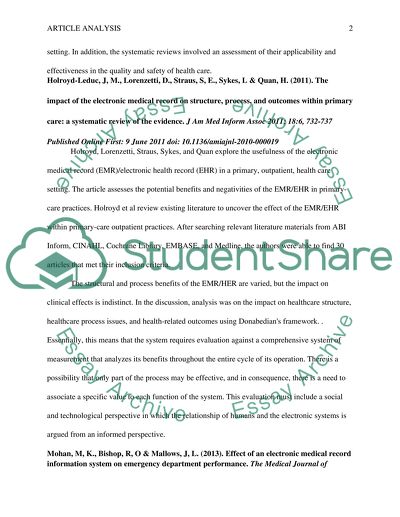Cite this document
(“Journal Article Analysis-Sheila Admission/Application Essay”, n.d.)
Journal Article Analysis-Sheila Admission/Application Essay. Retrieved from https://studentshare.org/miscellaneous/1653005-journal-article-analysis-sheila
Journal Article Analysis-Sheila Admission/Application Essay. Retrieved from https://studentshare.org/miscellaneous/1653005-journal-article-analysis-sheila
(Journal Article Analysis-Sheila Admission/Application Essay)
Journal Article Analysis-Sheila Admission/Application Essay. https://studentshare.org/miscellaneous/1653005-journal-article-analysis-sheila.
Journal Article Analysis-Sheila Admission/Application Essay. https://studentshare.org/miscellaneous/1653005-journal-article-analysis-sheila.
“Journal Article Analysis-Sheila Admission/Application Essay”, n.d. https://studentshare.org/miscellaneous/1653005-journal-article-analysis-sheila.


